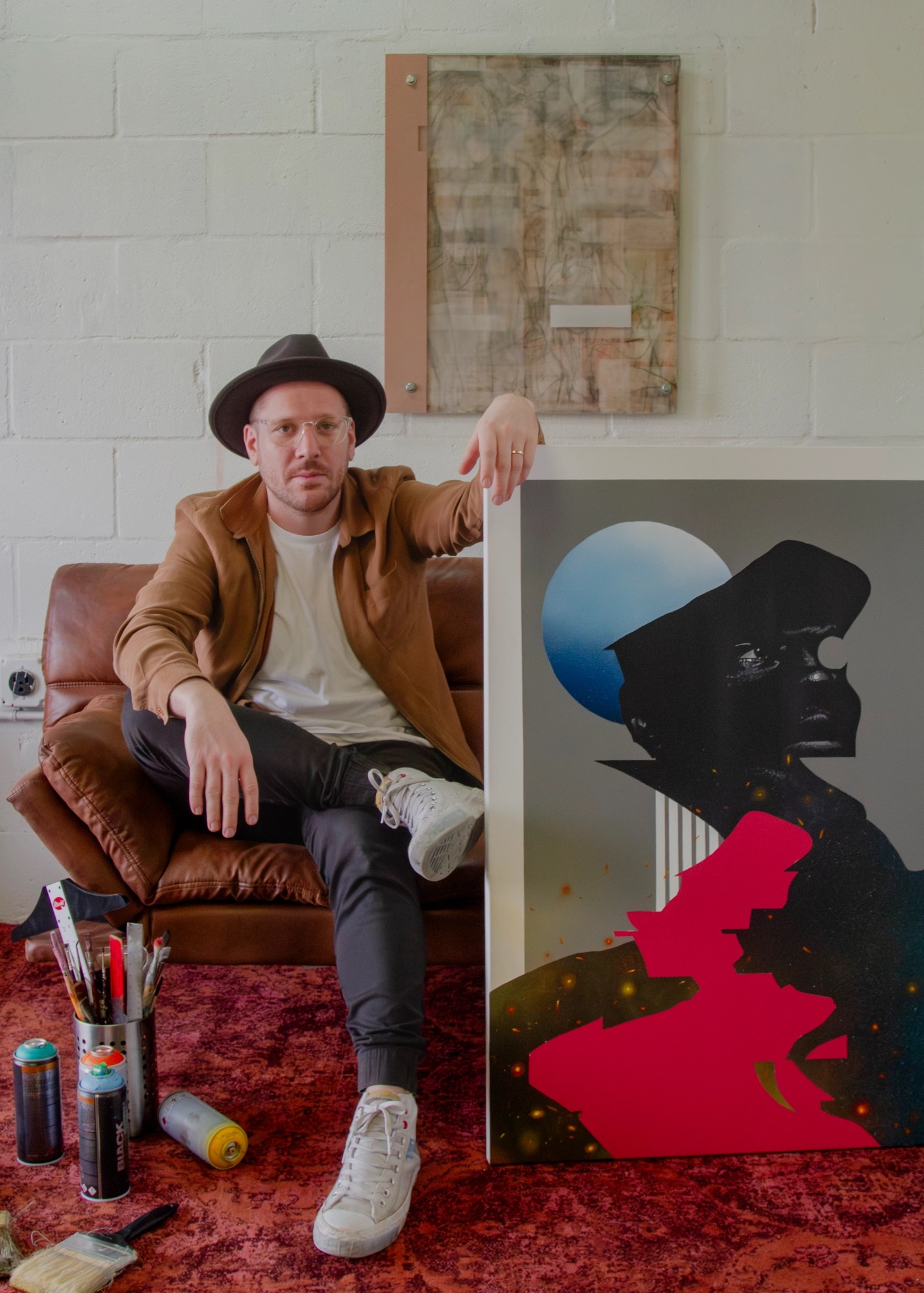We were lucky to catch up with Marius Wiget recently and have shared our conversation below.
Marius, looking forward to hearing all of your stories today. When did you first know you wanted to pursue a creative/artistic path professionally?
I had some odd jobs over the years. I worked on a horse farm in California in 2007, waking up before sunrise to muck out stables and walk young horses through the fog. I spent a summer at a small winery in northern Italy near Turin, learning how to prune vines, harvest grapes, and appreciate the rhythm of things done slowly and well. I wasn’t chasing a clear career back then, just following curiosity. But through every twist in the road, art always stayed right next to me. Quiet. Constant. Always waiting.
In 2011, I went into mandatory military service in Switzerland. I thought it would be all drills, routine, and discipline and for a while, it was. But not long into my service, someone noticed my sketchbook. Soon I was reassigned from the usual duties to drawing maps, creating posters, and illustrating plans for our daily routines. It was a surprising shift. My art had gotten me out of the mud and into a creative space, even within the military. That moment stayed with me…it was the first real proof that creativity could open doors.
After that, I spent a few years as a techno DJ and graphic designer. I designed flyers for gigs, underground parties, and club nights, blending music and visual energy into something that lived on paper and walls across cities. It wasn’t always glamorous, but it was alive, and it kept me close to both sound and image, two things I love.
But the moment I really knew I wanted to make art my full-time path was in 2016, when I got accepted into the Art Students League of New York. That place was a turning point. Being surrounded by serious artists, incredible instructors, and the grittiness of the city, it changed everything. It wasn’t just about talent anymore. It was about commitment. I knew then that it wasn’t just a hobby, I was dedicating myself to this life.
From sketching in army barracks to mixing beats in dark clubs, art had always followed me. But New York made it clear: it was time to follow art back.
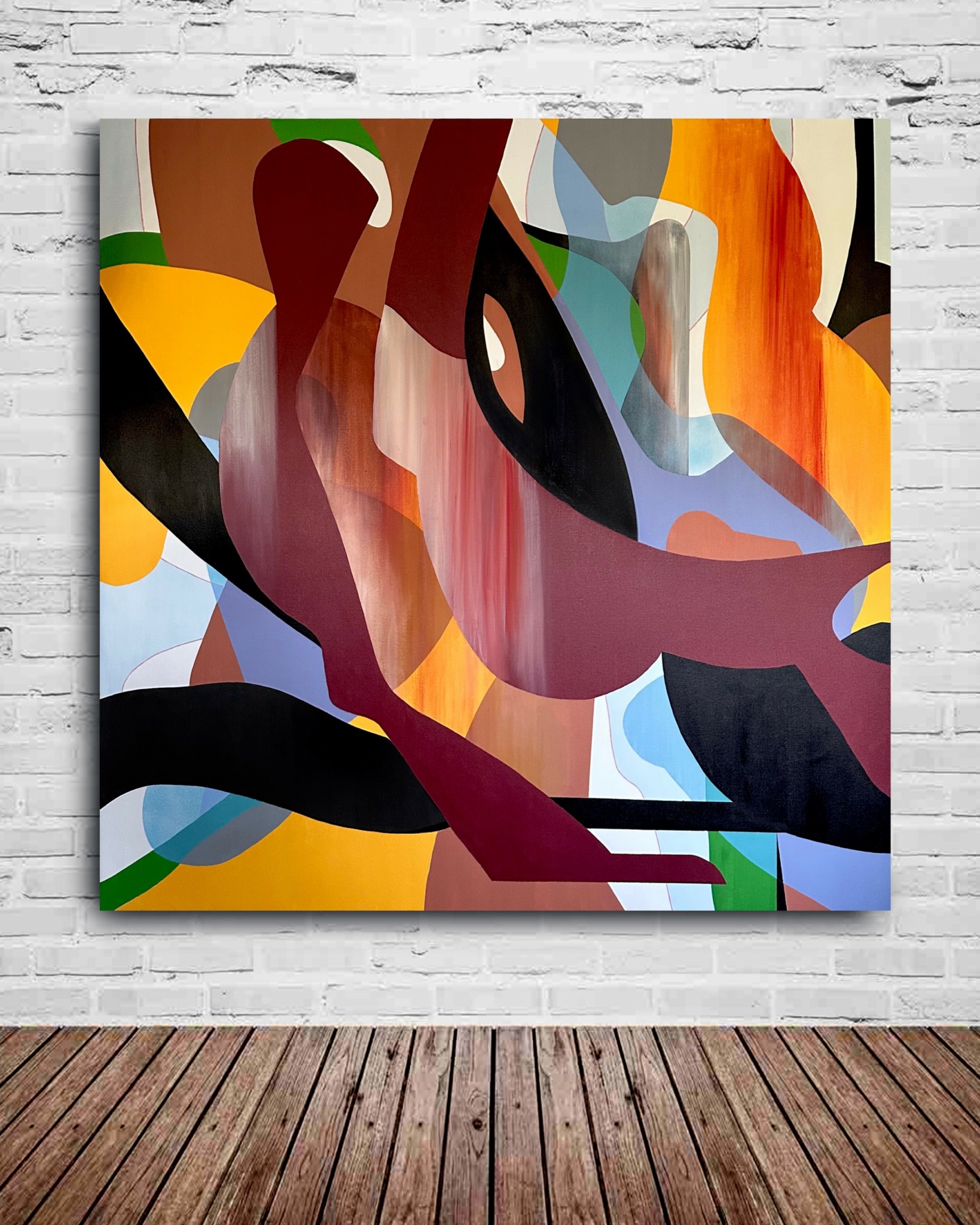

As always, we appreciate you sharing your insights and we’ve got a few more questions for you, but before we get to all of that can you take a minute to introduce yourself and give our readers some of your back background and context?
I take my practice seriously, not just as a form of self-expression, but as a discipline rooted in exploration and intention. My influences are wide-ranging: music, comics, cinema, architecture and graphic design. I’m especially drawn to the emotional impact of film….the way a single frame, lit and composed just right, can tell a whole story without a word. That kind of visual language stays with me, and I try to channel that same depth into my own work.
A big part of my process starts digitally. I often begin with a collage, piecing together imagery, textures, and fragments of ideas until something clicks. From there, I create a digital sketch, thinking carefully about form, color, and how different elements will interact; how texture, linework, and shape can build a sense of rhythm or stillness. Once the digital phase feels resolved, I transfer the composition onto canvas using a grid system and begin mixing colors by hand. I stretch my own canvases, too. There’s something important to me about staying close to the craft, to the physicality of the work.
I move fluidly between abstraction and realism because I find beauty in both. Abstraction lets me explore the unfamiliar, the emotional, the intuitive. Realism grounds the work and offers something recognizable to hold onto. I like that balance. It allows different viewers to access the work in their own way. Some people connect with form, others with feeling. I want to create space for both.
My background in graphic design definitely plays a role in how I work. I’m detail-oriented and precise, but I also try to leave room for the unpredictable. There’s a certain rigor in how I build a piece, but also a freedom once I’m in it.
I don’t love over-explaining my work, because I believe successful art should be able to speak for itself. That’s always my goal, to create something that doesn’t need a paragraph to make you feel something.
At the heart of it, I want to make work that feels alive and accessible. The art world can sometimes feel closed off or overly intellectualized, and I’ve never been interested in that kind of exclusion. I want people to feel invited into the work, to see themselves in it, even if they don’t have the “right” vocabulary. For me, that’s what art is about: connection.
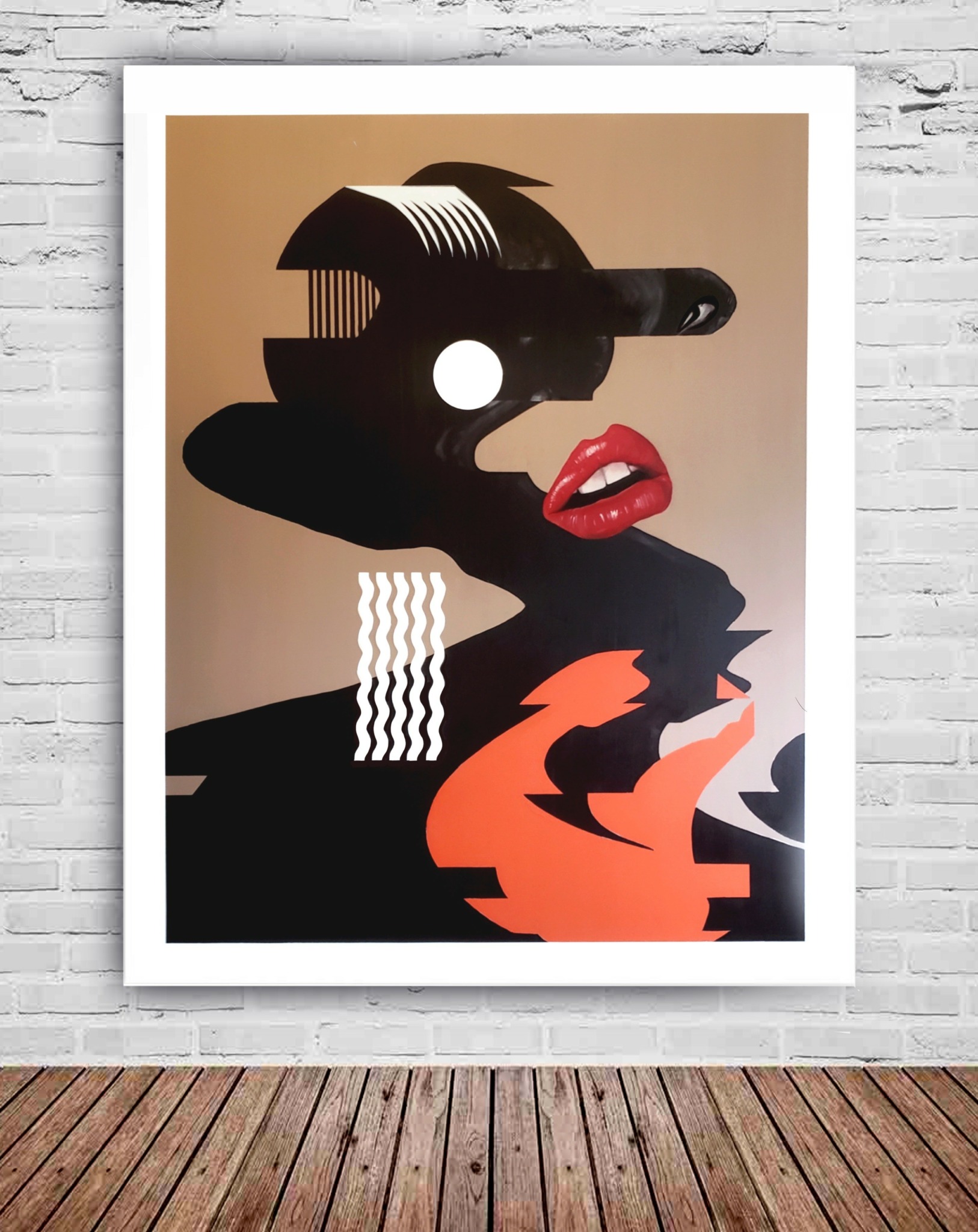
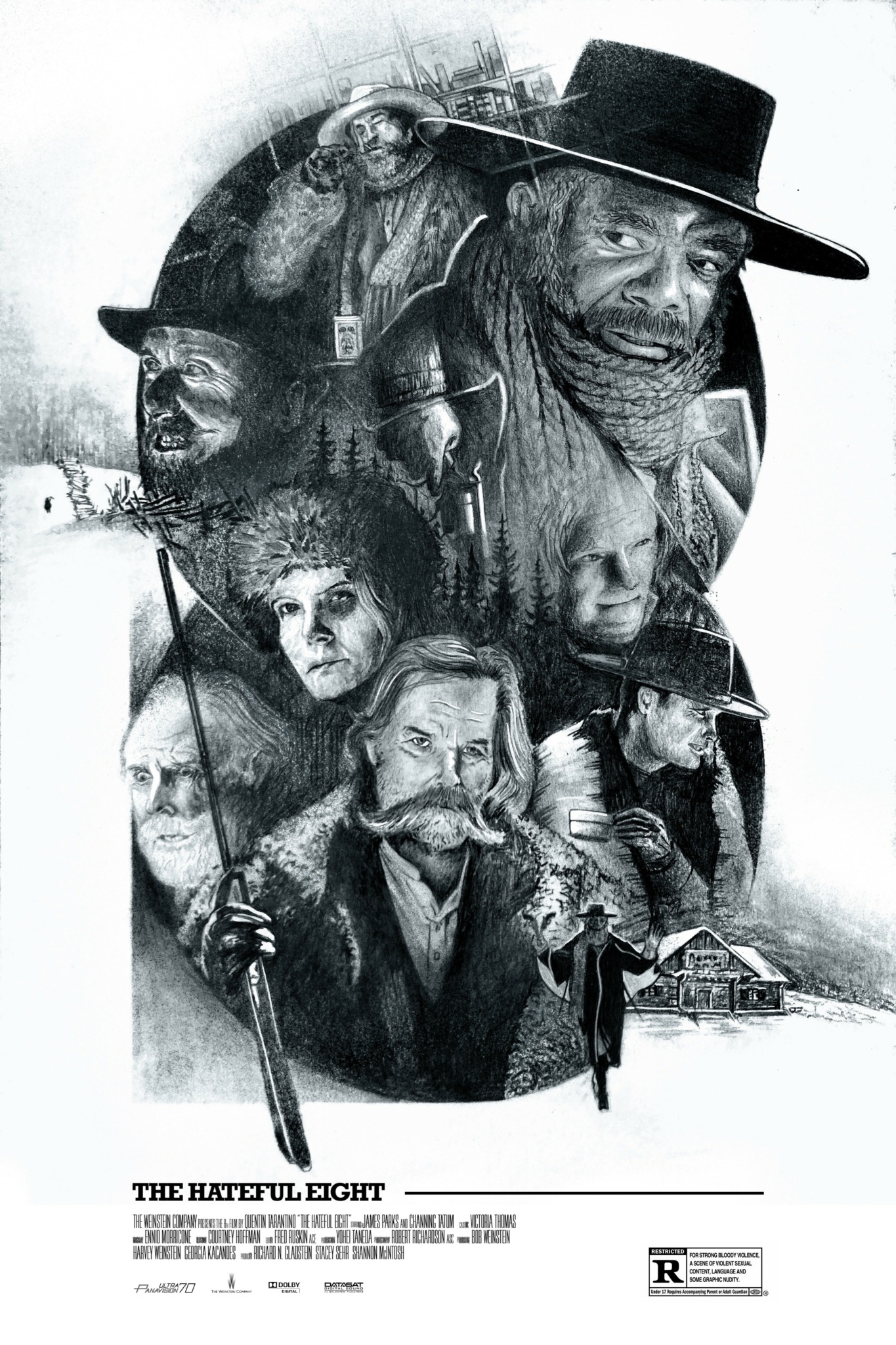
What do you find most rewarding about being a creative?
Creating. Turning a blank canvas into something entirely unique, and actually enjoying every part of that process. There’s something both humbling and deeply inspiring about starting with nothing and watching an idea take shape. Every mark, every choice, feels like a small act of discovery. It’s not always easy, but that transformation from blank space to something meaningful is what keeps me coming back.

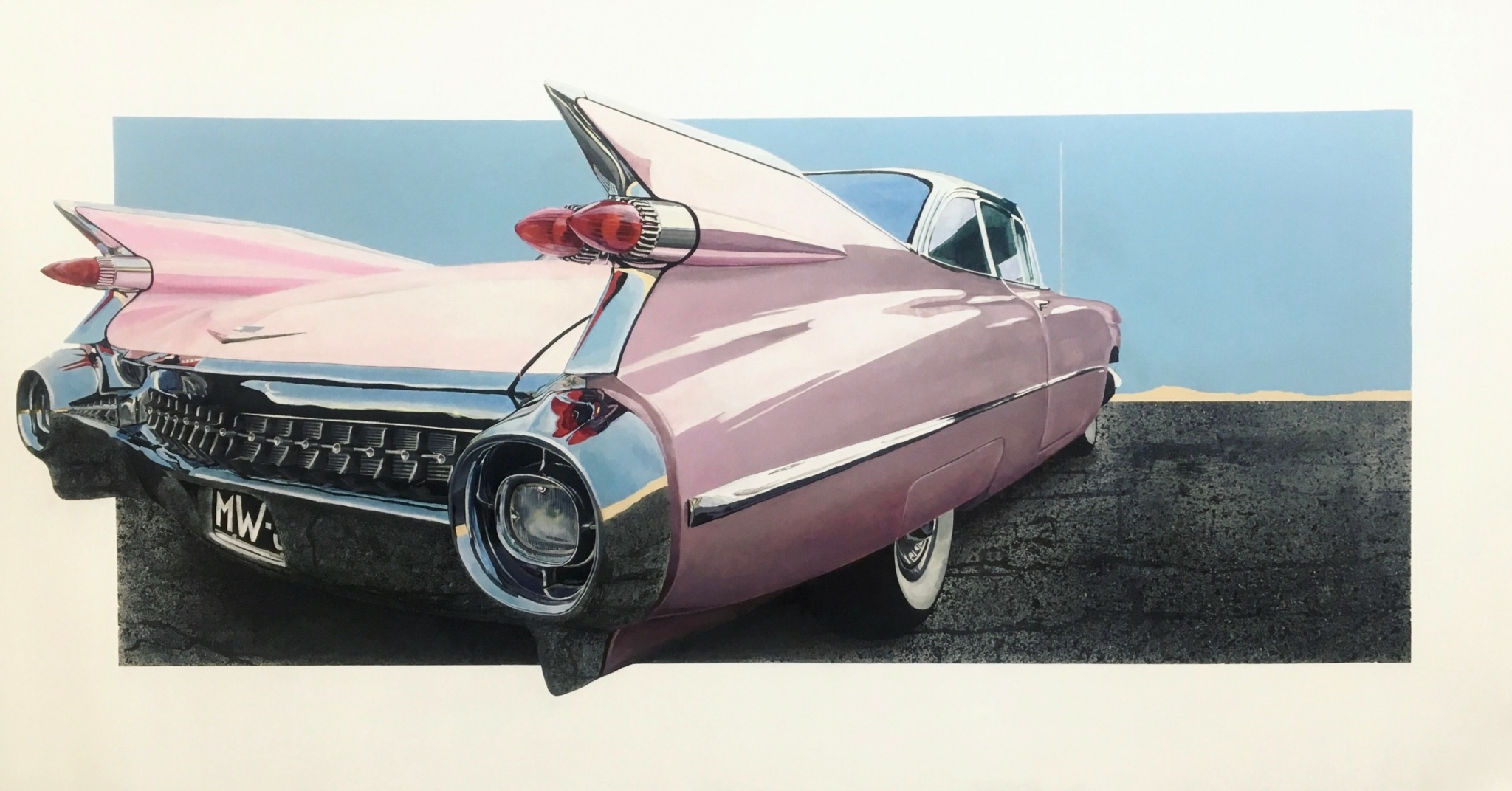
Do you think there is something that non-creatives might struggle to understand about your journey as a creative? Maybe you can shed some light?
I think what can be difficult for non-creatives to grasp is that the creative journey often defies the traditional idea of progress like those clear linear benchmarks we’re taught to aim for in life.
Being a creative means living in a space where the path isn’t always obvious. There’s rarely a straight line. It’s full of pivots, slow seasons, unexpected breakthroughs, and a lot of internal growth that doesn’t always show up on paper. I get that that kind of unpredictability can seem aimless from the outside, especially to people who are used to more structured fields, but it actually takes a lot of discipline and self-trust to keep going. Success doesn’t look the same for everyone.
What I also like to remind people of, is this: everyone, whether they realize it or not, engages with art and design every single day. Whether it’s the layout of a website, the cover of a book, the packaging of your favorite snack, or the sound design in a film— creative work makes the world a more livable place.
So even if the creative journey looks different, it’s no less vital.
Contact Info:
- Instagram: https://instagram.com/mrswgt___
- Soundcloud: https://soundcloud.com/mareeme


Image Credits
All photos are mine and I reserve the rights to each image


